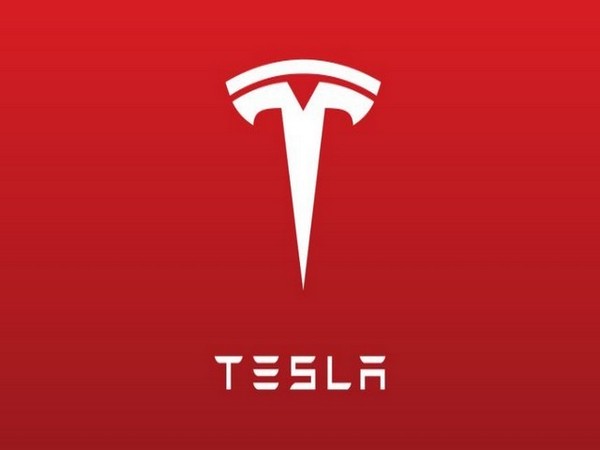Tesla’s Stock Plunge: Is Elon Musk’s Vision Still Worth the Hype?
Tesla’s stock has plummeted 45% since its December peak, erasing $1.5 trillion in market value as EV sales falter and competition rises. Despite this, investors cling to Elon Musk’s promises of robotaxis and AI-driven growth, keeping Tesla’s valuation sky-high. This article dives into the disconnect between Tesla’s financial reality and its futuristic allure, exploring whether Musk’s bold pivot can sustain the hype.

Tesla is no stranger to the spotlight. For years, it’s been the electric vehicle (EV) darling of Wall Street, propelled by Elon Musk’s unrelenting charisma and a vision that stretches far beyond the assembly line. But lately, the shine is fading. Since hitting a jaw-dropping $1.5 trillion market cap in December 2024, Tesla’s stock has nosedived 45% in just three months. Investors are left wrestling with a burning question: Is Tesla still worth the hype, or has the dream outpaced reality?
The numbers tell a stark story. Tesla’s market value has shed billions, yet it still towers over the world’s top automakers combined—companies that sold 44 million vehicles last year to Tesla’s 1.8 million. What keeps the stock afloat isn’t its current profits or even its EV dominance. It’s Musk’s promise of a sci-fi future: autonomous robotaxis zipping through cities and humanoid robots revolutionizing daily life. For many, Tesla isn’t a car company—it’s an AI trailblazer in disguise.
A Valuation Built on Tomorrow
Here’s the catch: Tesla’s EV business, which drives nearly all its revenue, accounts for less than a quarter of its stock value, according to a Reuters analysis of over a dozen financial models. The rest hinges on unproven bets—robotaxis that don’t yet exist and AI breakthroughs Musk has hyped since 2016, always promising they’re “next year.” Analysts like those at Morgan Stanley and Truist Securities peg robotaxis and self-driving tech as the golden goose, projecting they’ll fuel Tesla’s growth to dizzying heights. Ark Investment Management even predicts a $2,600 stock price by 2029, with robotaxis generating $760 billion in annual revenue.
But the cracks are showing. Tesla’s first-ever annual sales decline hit in 2024, with profits tumbling 20%. The Cybertruck, Musk’s futuristic pickup, sold just 38,965 units last year—far below his 250,000-unit forecast. Meanwhile, competitors like China’s BYD are racing ahead, selling 4.2 million vehicles in 2024 and overtaking Tesla as the world’s top EV maker. BYD’s edge? Affordable EVs under $10,000 and a free driver-assistance system that rivals Tesla’s pricey Full Self-Driving tech.
The Robotaxi Pivot: Vision or Mirage?
Musk’s latest pitch isn’t about affordable EVs anymore. Last year, he scrapped plans for a $25,000 “Model 2” that investors banked on for mass-market growth. Instead, he’s doubled down on robotaxis, unveiling the sleek, steering-wheel-free Cybercab in October 2024 and vowing production by 2026. He’s promised fare-collecting robotaxis in Texas by June 2025—a state with lax autonomous vehicle rules—and a broader rollout by year-end.
The pivot has dazzled some. Tesla’s stock soared 71% from its April low through the November election, fueled by Musk’s $250 million push to back Donald Trump’s presidency. As Trump’s top advisor, Musk now wields influence over government cuts and deregulation, sparking hope that he’ll fast-track robotaxi approvals. Yet skeptics like Gordon Johnson of GLJ Research argue the tech isn’t ready. “If he released it tomorrow, these things would be wrecking across America,” Johnson says, pointing to lawsuits and federal probes into Tesla’s Autopilot and Full Self-Driving systems, which have been linked to crashes, including fatalities.
Political Backlash and Market Realities
Musk’s political moves are a double-edged sword. His embrace of Trump and far-right European figures has triggered consumer backlash, with Tesla sales dipping in key markets. Trump’s anti-EV stance—calling for an end to subsidies that have padded Tesla’s profits—adds another wrinkle. Musk shrugs it off, claiming rivals would suffer more. Still, Tesla’s core business is under pressure. Price cuts on aging Models 3 and Y haven’t stemmed slowing demand, and the Cybertruck’s lukewarm debut hasn’t helped.
So why does Tesla’s valuation defy gravity? It’s trading at a forward price-to-earnings ratio nine times higher than the average of the top 25 automakers—quadruple BYD’s and double that of tech titans like Nvidia or Apple. Investors like Brian Mulberry of Zacks Investment Management say it’s Musk’s track record. “He always pulls off the technology,” Mulberry insists, brushing off concerns about Musk’s “mad-scientist personality.”
The Skeptics Speak
Not everyone’s buying it. “For how much longer can the stock remain divorced from the fundamentals?” asks JP Morgan’s Ryan Brinkman. Mark Spiegel of Stanphyl Capital, who’s shorting Tesla, calls its camera-only robotaxi approach unsafe without radar or lidar—tech rivals like Waymo use to dominate the fledgling U.S. robotaxi market. And BYD’s free self-driving perk? “They’re saying it’s valueless,” Johnson quips.
As Tesla’s stock wavers, the tension is palpable. Musk’s fans see a visionary rewriting transportation’s future. Critics see a bubble ready to burst. For now, the world’s richest man keeps the faithful dreaming—of robotaxis, robots, and a Tesla too big to fail. But with sales slipping and rivals closing in, the clock is ticking on whether Musk’s hype can outrun reality.










